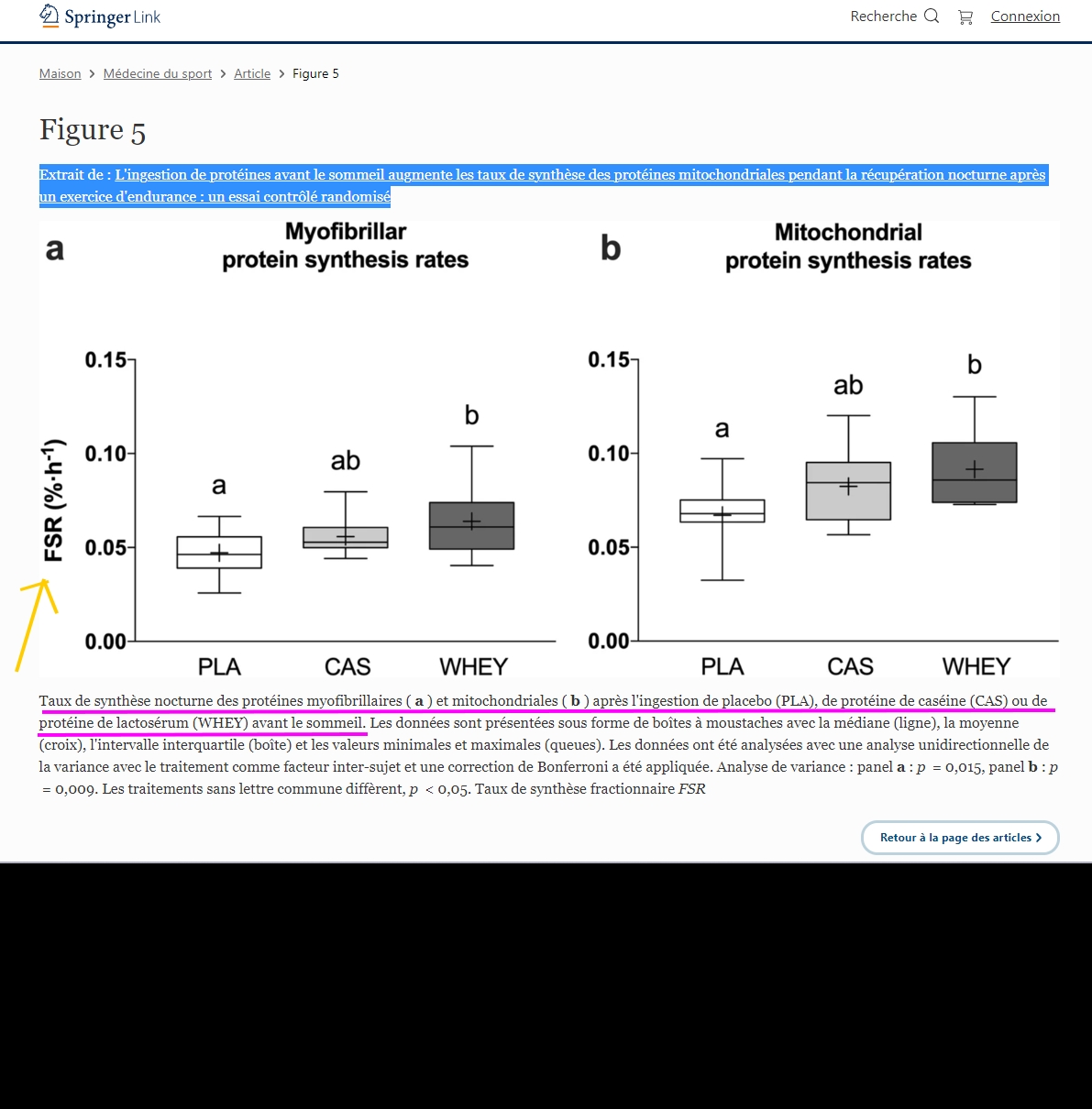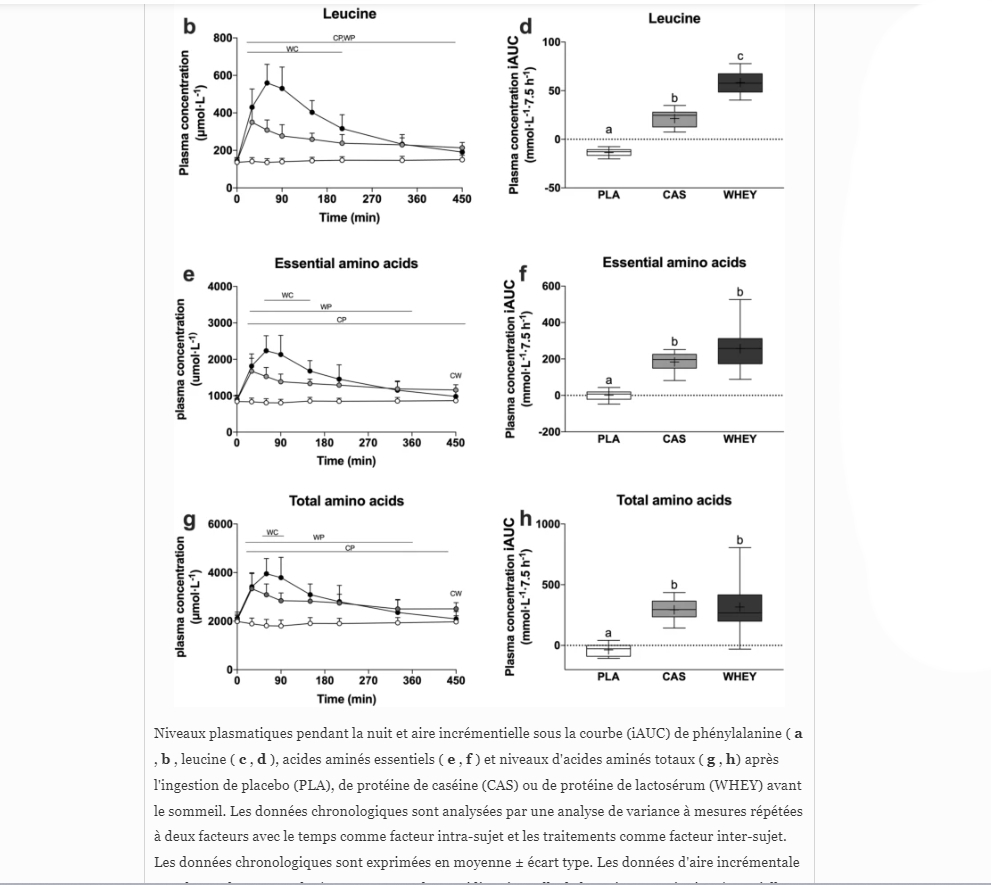High-protein Milk Ingestion During A Resistance Training Program Improves Muscular Regulatory Markers In Trained Males
Bagheri, Reza Medicine & Science in Sports & Exercise: August 2021 - Volume 53 - Issue 8S - p 278
It is well established that the rate of muscle protein synthesis is augmented after resistance training (RT) sessions when dietary proteins are ingested in young adults. Dairy milk (DM) has a high Digestible Indispensable Amino Acid Score and contains a complement of whey and casein proteins which have both been shown to stimulate the mammalian target of rapamycin signaling pathway involved in protein translation. Studies have suggested that regular DM can augment some of the adaptations from RT in young untrained cohorts. However, the effects of high-protein DM ingestion in young resistance- trained populations are unknown.
PURPOSE: To evaluate the effects of high-protein DM ingestion on changes in body composition, strength and skeletal muscle regulatory markers following 6 weeks of RT in trained young males.
METHODS: Thirty resistance-trained young males (age: 27 ± 3 years; training experience: 15 ± 2 months) were randomly assigned to one of two groups: high-protein DM + RT (MR; n = 15) or isoenergetic carbohydrate (placebo) + RT (PR; n = 15). Milk and placebo were ingested immediately post-exercise (250 mL; 30 g protein) and 30-minutes before sleep (250 mL; 30 g protein). Participants performed linear periodized RT 4 x week. Body composition, muscular strength and serum concentrations of skeletal muscle regulatory markers (Insulin-like growth factor 1 [IGF-1], growth hormone [GH], testosterone, cortisol, follistatin, myostatin) were assessed before and after 6 weeks.
RESULTS: Lean mass (MR: 1.3 ± 0.3 vs. PR: 0.2 ± 0.1 kg), bench press (MR: 4.2 ± 0.8 vs. PR: 1.9 ± 0.7 kg) and squat (MR: 4.9 ± 0.9 vs. PR: 2.2 ± 0.8 kg) strength significantly increased in the MR (P < 0.05) compared to the improvements in the PR group (p < 0.05). Further, IGF-1 (MR: 0.3 ± 0.2 vs. PR: 0.07 ± 0.09 ng/ml), GH (MR: 3.3 ± 2.2 vs. PR: 1.4 ± 2.6 pg/ml), testosterone (MR: 0.3 ± 0.1 vs. PR: 0.1 ± 0.2 ng/ml), cortisol (MR: -0.6 ± 0.5 vs. PR: -0.08 ± 0.1 ng/ml), follistatin (MR: 0.1 ± 0.1 vs. PR: 0.02 ± 0.03 ng/ml) and myostatin (MR: -0.2 ± 0.1 vs. PR: -0.01 ± 0.04 ng/ml) were also significantly improved in the MR compared to the PR group (p < 0.05).
CONCLUSIONS: The strategic ingestion of high-protein DM (post-exercise and pre-sleep) during 6 weeks of RT improved lean mass, strength and serum concentrations of skeletal muscle regulatory markers in trained young males.















